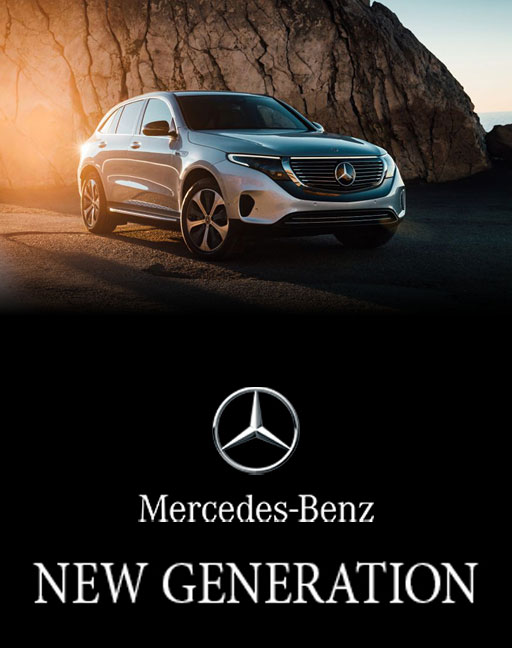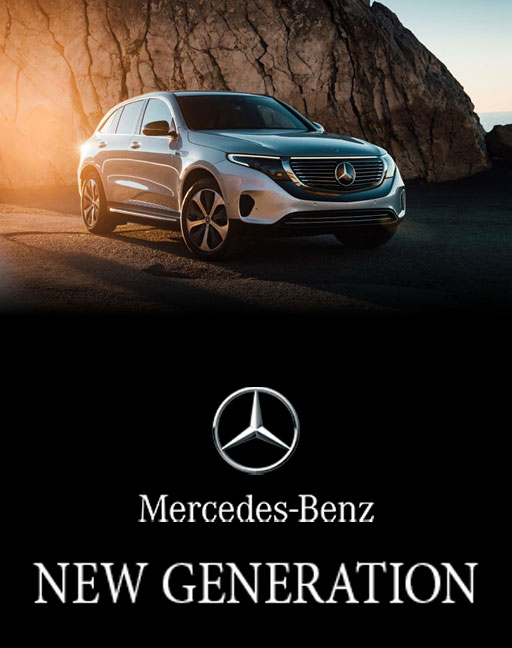The global car industry has been thrown into turmoil by Donald Trump’s new “draconian” tariff regime that automotive executives expect will raise American vehicle prices, reduce US car production and cost carmakers up to $110bn.
The US president’s announcement on Wednesday evening that he would impose a 25 per cent tariff on imports of foreign-made cars sparked a scramble to understand the details of the policy and to identify potential exemptions that could alleviate the hit to the industry.
Within hours, it was becoming clear that every carmaker, including Tesla and the US Big Three of General Motors, Ford and Stellantis, would be affected. “We are all on the same boat,” said one senior executive at a European carmaker.
The tariffs are intended to boost US industry but shares in Ford and GM fell as much as 4.4 per cent and 8.2 per cent respectively on Thursday morning in New York.
The pair could suffer a 30 per cent slump in earnings before interest and taxes this year as a result of the policy, even if they raised prices and rejigged their supply chains to use more parts made in the US, according to estimates by Bernstein analysts.
Almost half of vehicles sold in the US are imported, while those assembled in the US on average source nearly 60 per cent of their parts from overseas.
Bernstein said the policy could introduce up to $110bn in annual tariff costs for the carmakers. The tariff policy, which analysts and investors have described as “a worst-case scenario”, “heavy-handed” and “devastating”, is unparalleled in its reach and scale, dashing industry hopes that Trump would row back from an escalating trade war.
The 25 per cent levy will come on top of tariffs that Trump has already announced against imports from Mexico, Canada and China. They will take effect from April 2, alongside reciprocal levies against US trade partners that are expected to be unveiled on the same day.
“It’s certainly possible we could see tariffs on some vehicles imported from outside North America reaching 40 per cent or 50 per cent in aggregate,” said Barclays analyst Dan Levy.
The tariff also applied to core car components such as engines and transmissions while processes were in place to expand the levy to other parts if necessary, the White House said.
Barclays said a 25 per cent tariff would imply up to $9,000 in added cost for a vehicle sold in the US.
If the tariffs are implemented next week, market research company Cox Automotive predicted that the confusion in the supply chain would lead to vehicle production in North America being disrupted by mid-April, resulting in US plants making 20,000 fewer vehicles per day, or about 30 per cent less than now.
If the costs are passed on to customers and vehicle prices in the US become too expensive, car manufacturers may choose to sell more cars in other markets.
Even before Trump’s announcement, one “mid-range” carmaker, which manufactures vehicles in Mexico, was considering cutting sales to the US and selling more in Central America, according to a person with knowledge of the plans.
The carmaker is thinking “there is no way these cars will sell in the US” if it increases the price by 25 per cent, the person added.
Elon Musk’s Tesla would be the best positioned among US carmakers, with its strong manufacturing base in America, although its electric vehicles also use many foreign components.

One major source of confusion over the policy has related to cars and parts that are compliant with the 2020 trade agreement between the US, Mexico and Canada.
Trump earlier granted a 30-day reprieve from the duties for vehicles and components that met the rules of USMCA. Those will remain tariff-free but only until a process is established to apply the levies to non-US content, according to a US government official.
“It’s not clear what tariff applies to what part. Not everything is in the executive order,” said an official at a European parts maker, noting also the ambiguity over the USMCA compliant parts.
Parts makers warned that they could not absorb the tariffs and were planning to pass on the costs of additional tariffs to consumers accordingly, the person added.
Among European and UK car manufacturers, luxury brands such as Porsche, Jaguar Land Rover and Bentley, which are popular in America, are exposed since they do not have any manufacturing capability in the US.
Many, however, have more room for customers to absorb price increases. Ferrari on Thursday said it planned to raise prices for some of its models by up to 10 per cent while confirming its financial targets for this year.
Meanwhile, Germany’s BMW and Mercedes-Benz are already not compliant with the USMCA since the US-sold vehicles assembled locally still source many of their engines and transmission from Europe, according to Morningstar.
“The EU and the US are the world’s largest trading partners. Both sides should therefore promptly find a transatlantic deal that creates growth and prevents a spiral of isolation and trade barriers,” BMW said in a statement.
Japanese car companies would probably be hit hard as they sent almost 1.4mn cars worth $40bn to the US in 2024, the most of any nation after Mexico — where they are the number-one producers.
Analysts widely identify Mazda and Subaru as the most vulnerable because of their high reliance on content sourced from outside the US for US-assembled cars, while Mitsubishi Motors does not manufacture in the US.
Mitsubishi Motors said that it was “exploring new production investment opportunities” on top of its long-term plan to “increase investments in the US market”.
Seiji Sugiura, analyst at Tokai Tokyo Intelligence Laboratory, estimated a $23.7bn impact on Japan’s seven leading carmakers and reckoned that the tariffs would tip Nissan and Mazda into losses unless they took countermeasures such as price rises.
Before the latest tariff was announced, Nissan’s new chief executive Ivan Espinosa said that the situation was “very difficult to cope with as there’s no clear direction”. He added that the company was drawing up several scenarios so it “could be ready as soon as it gets some clarity on what comes”.
Read the full article here




